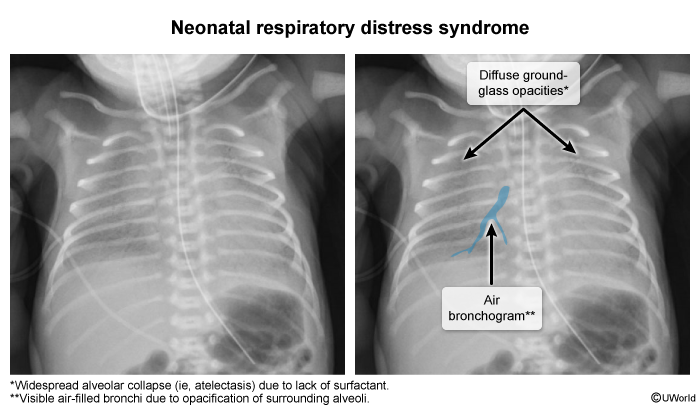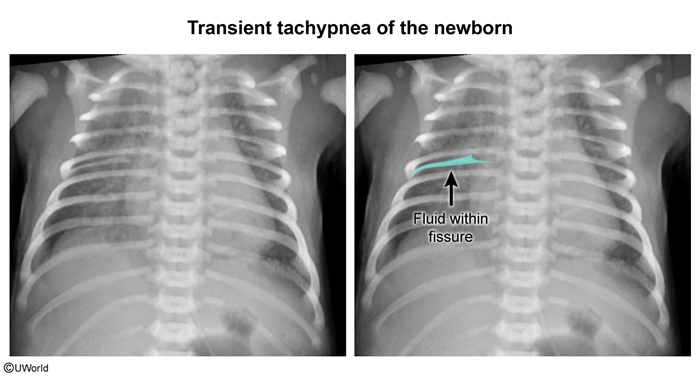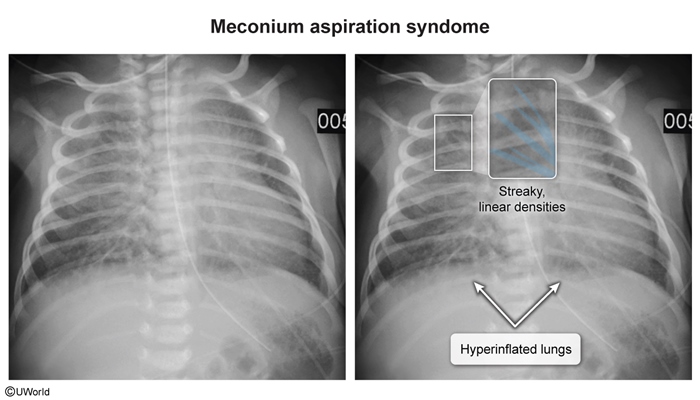Persistent Pulmonary Hypertension Of The Newborn
Article Sections
Introduction
Persistent pulmonary hypertension of the newborn (PPHN) is characterized by persistently elevated pulmonary vascular resistance (PVR) that leads to right-to-left shunting of deoxygenated blood through fetal circulatory pathways (eg, ductus arteriosus, foramen ovale), resulting in a gradient between preductal and postductal oxygen saturations.
Pathogenesis
Fetal circulation is characterized by high PVR (due to hypoxic vasoconstriction) and low systemic vascular resistance (SVR) (due to in-parallel connection to low-resistance placental circulation via the umbilical arteries and vein) (Figure 1). Therefore, in utero, PVR is greater than SVR, and the majority of blood is shunted from the high-resistance pulmonary circulation into the low-resistance systemic circulation (ie, right-to-left shunting), through the ductus arteriosus and foramen ovale. After birth, pulmonary expansion and aeration normally leads to diffuse pulmonary vasodilation and decreased PVR.
Continue Learning with UWorld
Get the full Persistent Pulmonary Hypertension Of The Newborn article plus rich visuals, real-world cases, and in-depth insights from medical experts, all available through the UWorld Medical Library.
Figures
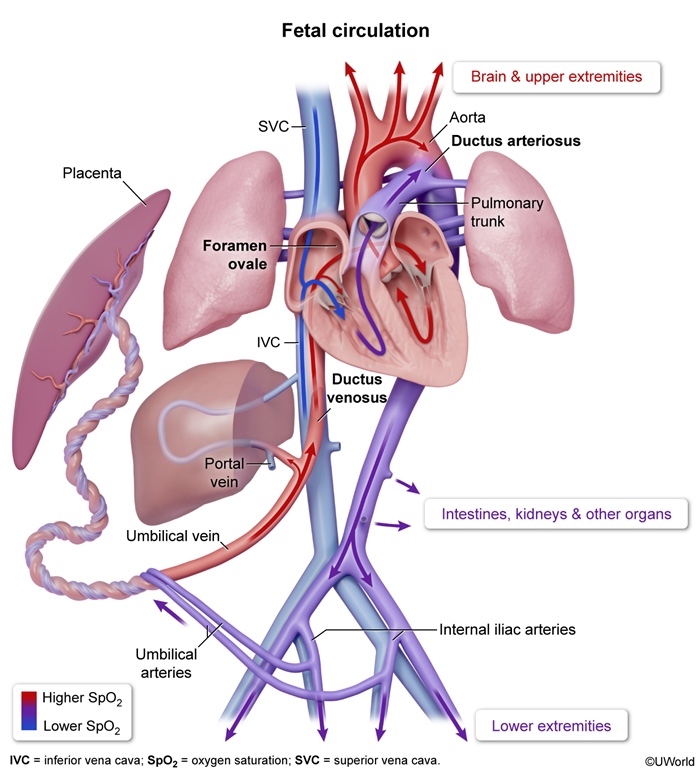
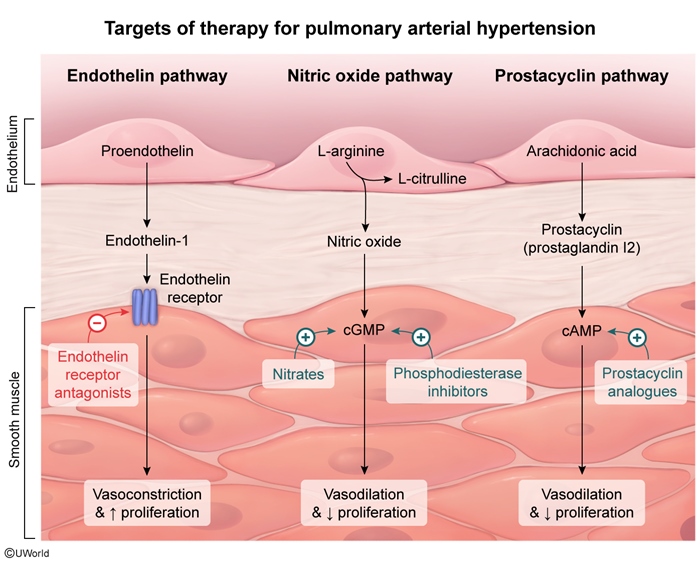
Images
